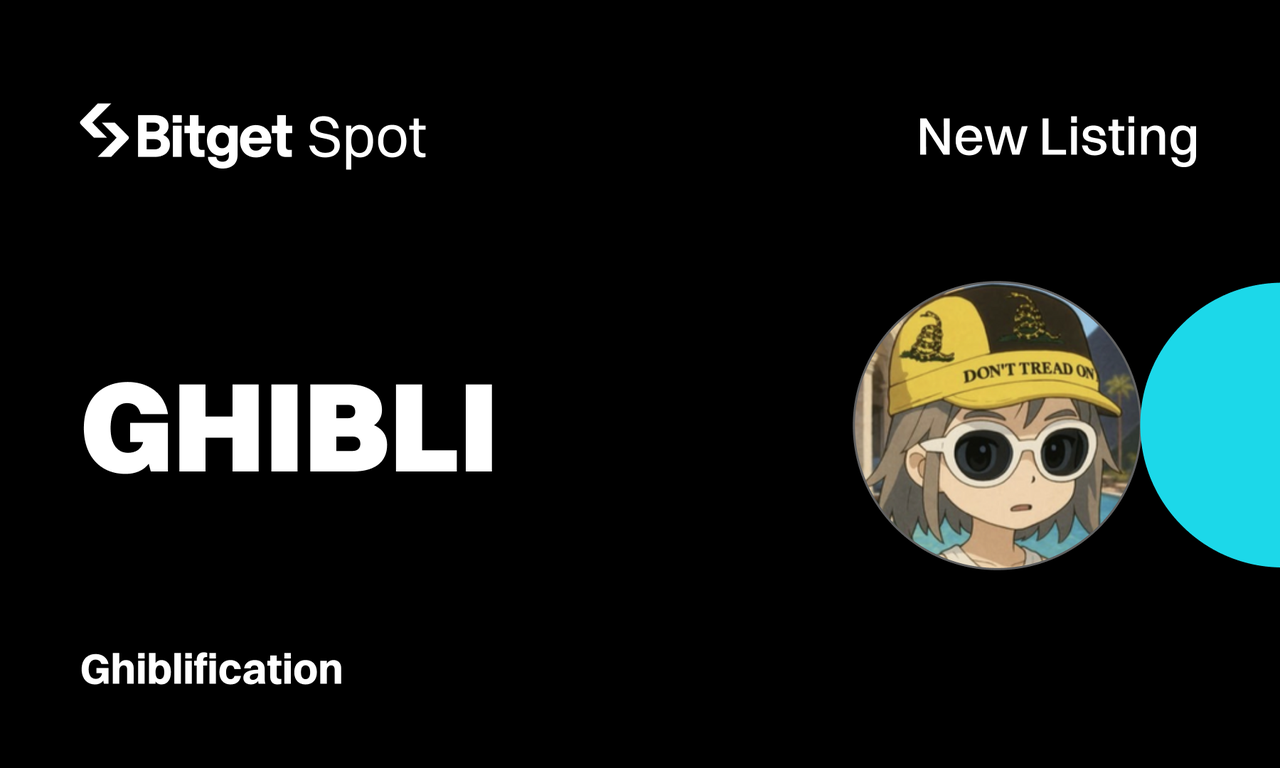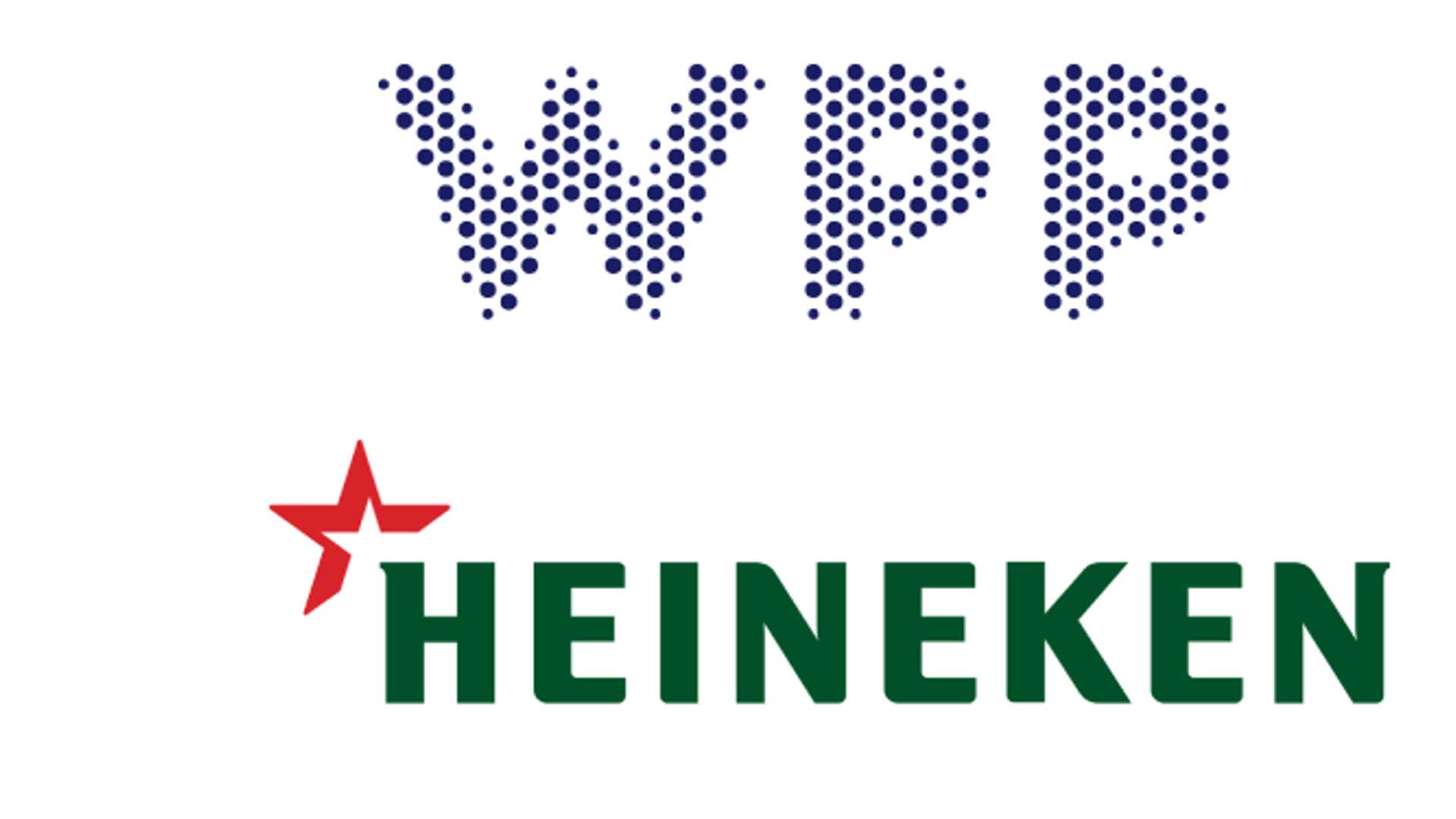Ghiblification: How the Ghibli Style Took Over the Internet?
You may have noticed a recent trend on social media platforms like Facebook, Instagram, or X (formerly Twitter): memes, movie scenes, and even football moments transformed into animated artwork. This phenomenon, known as “ghiblification,” is everywhere. But why has this style, inspired by Studio Ghibli, become so popular?
Studio Ghibli is a cornerstone of Japanese animation. Founded in 1985 by Hayao Miyazaki and Isao Takahata, the studio has made history with films such as My Neighbor Totoro, Princess Mononoke, and Spirited Away. What makes these films special is their distinctive visual style: intricate drawings, soft colors, and a magical atmosphere that captivates viewers. If you’ve ever seen a Ghibli film, you know exactly what I mean.
The Spread of Ghibli Style on the Internet
Today, however, this style is no longer exclusive to the studio’s movies. In recent years, this unique aesthetic has spread across the internet, turning popular moments into stunning works of art, as if they were scenes straight out of a Ghibli film.

This phenomenon truly took off around 2023. Artificial intelligence tools like MidJourney, DALL·E, and Stable Diffusion made it easy for anyone to create images mimicking this iconic animation style. With just a few clicks, an ordinary photo or meme could be transformed into an artwork worthy of a Ghibli film.
What’s fascinating is how widespread this trend has become. On TikTok, Instagram, and X, users share their own Ghibli-style creations. These images quickly go viral, featuring football matches, movie scenes, or even everyday life moments reimagined in this beloved Japanese animation style.
The Legal and Ethical Implications
By 2025, this trend has reached new heights. Recent advancements in AI tools have made it even easier to generate Ghibli-style images, and the phenomenon has only grown in popularity. What started as a fun hobby for a few enthusiasts has now become a cultural movement.
However, it’s not all smooth sailing. The use of this style without permission has raised serious questions, especially regarding copyright issues. OpenAI, the company behind some of these AI tools, has replicated the Ghibli aesthetic without obtaining a license or official agreement from the studio. This lack of authorization has sparked debates about artistic appropriation and intellectual property rights.
San Francisco Chronicle: Zelda Williams Warns Against AI and Ghiblification
In this article, Zelda Williams, daughter of Robin Williams, shares her concerns about the use of artificial intelligence in art and its potential impact on human creativity. She also highlights Hayao Miyazaki’s stance, as he has consistently opposed AI in animation.
Reflections on Ghiblification
Ghiblification is more than just a viral trend. It represents a fusion between the magic of traditional animation and technological advancements. However, as this trend continues to grow, it’s essential to reflect on the ethical and legal implications of using visual styles without permission.
So next time you come across a photo transformed into a Ghibli-style image, ask yourself: is this a tribute to Miyazaki’s art or an unauthorized appropriation of the style? This debate is just beginning.




















